The eyes of the F1 world were no doubt focused on the first showdown of the season between Max Verstappen and Lewis Hamilton. It ended in a very convincing 'victory' for the Dutchman and Red Bull in qualifying.
All the tension was immediately released at Red Bull at the end of the session. Finally, the team were quick out of the gates. For the first time since 2013, a Red Bull driver will start the season opener from pole.
Surprising? Partly, because Mercedes are once again expected to be in the fight at the front of the grid. However as it turned out, the problems they had during winter testing haven't been completely resolved. Four tenths was the difference between Max Verstappen and Lewis Hamilton, with teammate Valtteri Bottas six tenths back.
For many, the gap was considerably larger than expected, but team boss Christian Horner revealed that Verstappen had lost "a certain tenth" during his fastest lap due to damage to his floor.
But where did the Mercedes driver lose out to Verstappen?
Where did Verstappen beat Hamilton?
In the past, the Honda engine has always lost out to Mercedes on the long straights. This year both engines seem to be more evenly matched. So much so that Mercedes claimed they suffered from clipping, which means that the hybrid system runs out of stored energy faster than it should. According to Mercedes, Verstappen could use his 120KW of extra hybrid power for longer, resulting in faster lap times.
When looking at the laps of the two drivers, Toto Wolff's claim isn't backed up entirely. This is because Verstappen gains time in the twisty second sector rather than in the third, which mostly consists of straights and few corners - the sector where clipping should occur.
Sector times Verstappen and Hamilton
| Sector | Verstappen | Hamilton | Difference |
|---|---|---|---|
| 1. | 28.349 | 28.372 | 0.023 |
| 2. | 38.229 | 38.536 | 0.307 |
| 3. | 22.419 | 22.477 | 0.058 |
| Lap | 1:28.997 | 1:29.385 | 0.388 |
Verstappen much more aggressive
The difference in lap times by Verstappen and Red Bull was largely due to Max himself. He used every inch of the track. This meant aggressive steering and full use of the kerbs. The Red Bull barely budged, but if you look at the onboard footage you see a combative Verstappen.
In the first sector, we immediately see differences coming out of Turn 2. Verstappen makes much more use of the kerb and the space alongside the track than Lewis does.
Turn 4
When it comes to steering into Turn 4, we see Verstappen choose a wider line. He makes maximum use of the asphalt on the left side of the track, which allows him to come out of the corner with more speed.
Turns 6 and 7
The difference when it comes to the fast combination of Turn 6 and 7 is even greater. The Red Bull ace even puts two wheels completely over the kerb. The RB16B allows Verstappen to put some aggressive steering into practice, but the driving style also suits the Dutchman perfectly.
Hamilton in turn seems to have a good balance in the Mercedes, given the low amount of steering movements. However, the W12 lacks the grip and downforce to keep up with the Red Bull in the second sector.
Turn 12
In Turn 12 we see a big difference in terms of the line both drivers take. Hamilton goes to the outside (left) to cut the corner, while Verstappen takes a much tighter line towards Turn 13. The RB16B is faster than the Mercedes in the two corners.
At the end of the lap the difference in the third sector is marginal. Mercedes' claim that the team suffered from 'clipping' isn't reflected in the timesheet - Hamilton only lost 0.058 in the fast final sector.
Hamilton already let it be known after qualifying that he had no answer for the Red Bull and Verstappen. The Mercedes driver doesn't believe that his W12 will be able to cope with the RB16B. The predicted sandstorms and wind gusts likely won't benefit Mercedes either, who struggled under similar conditions during testing just a few weeks ago at the Bahrain International Circuit.
Don't miss out on any of the Formula 1 action thanks to this handy 2026 F1 calendar that can be easily loaded into your smartphone or PC.
Download the calenderMost read
In this article
F1 2021 Bahrain Grand Prix RN365 News dossier
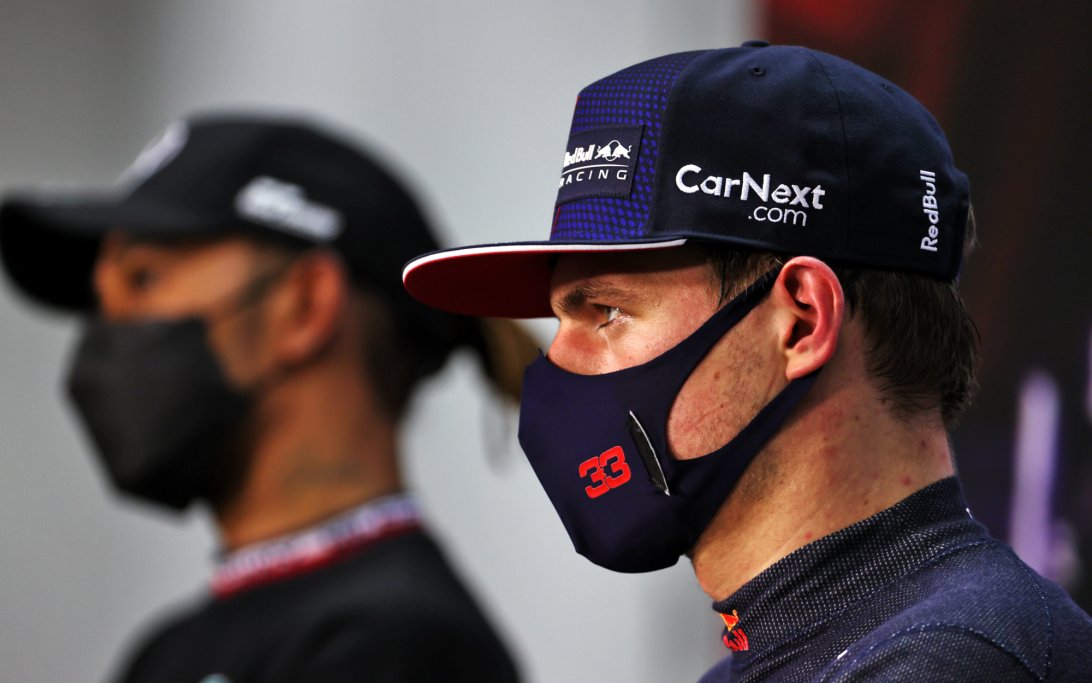

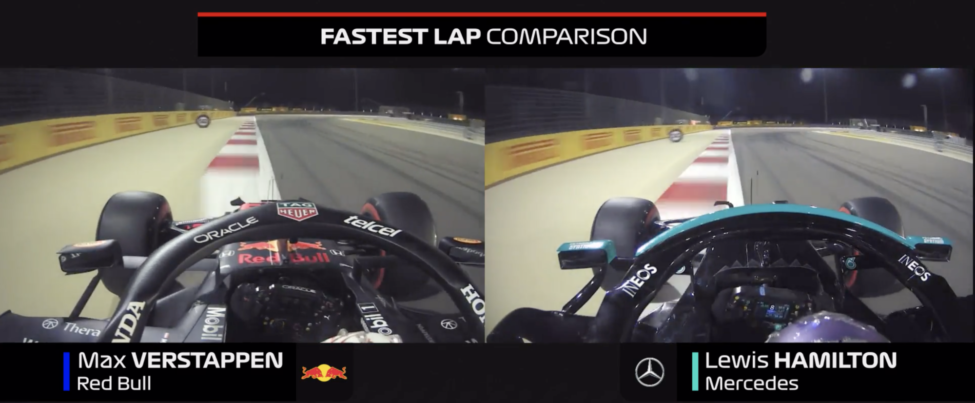
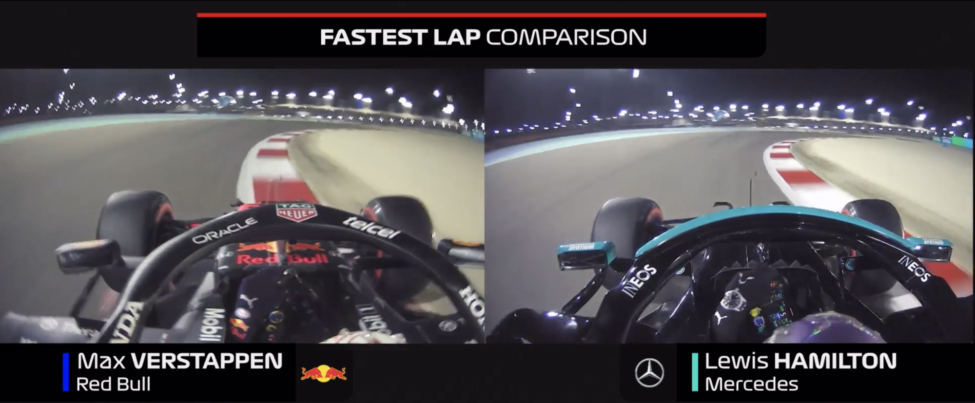


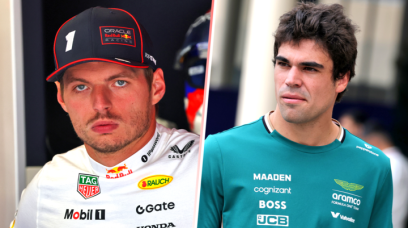
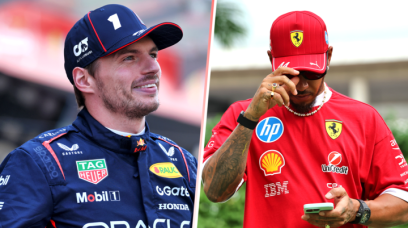

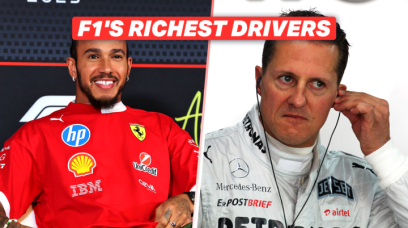
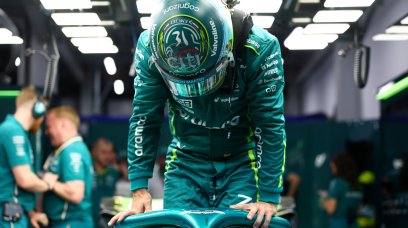
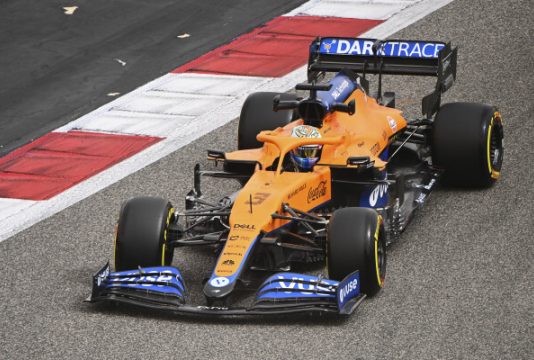
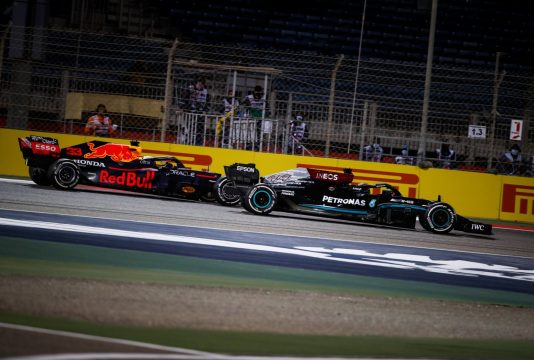
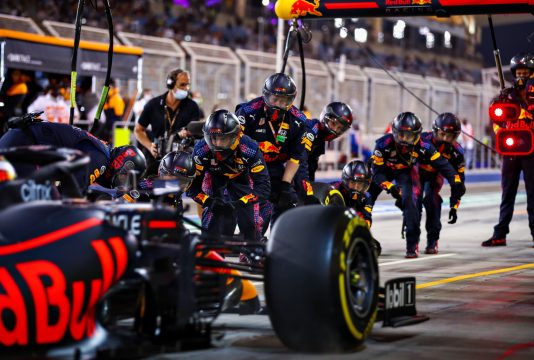
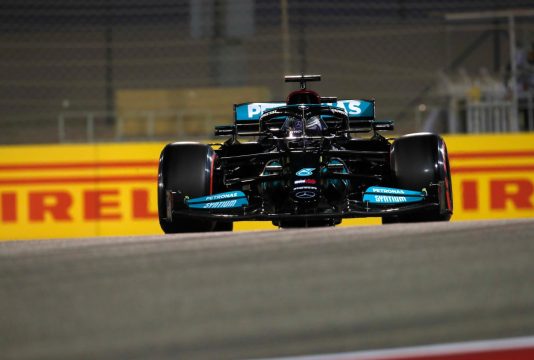

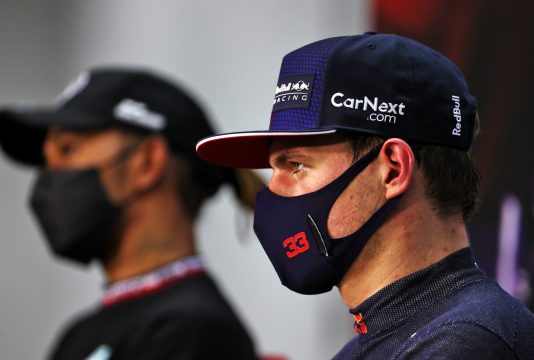

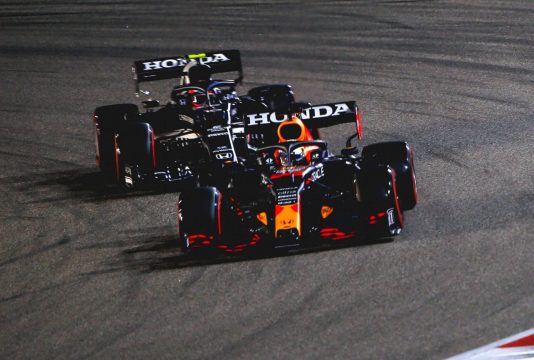
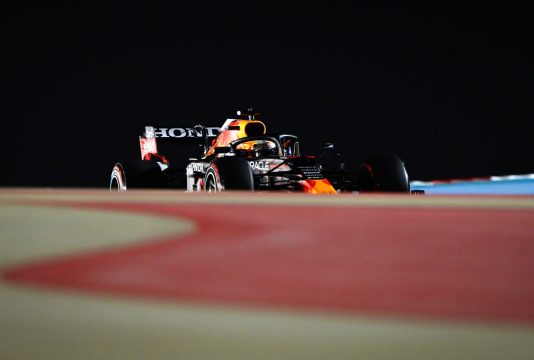
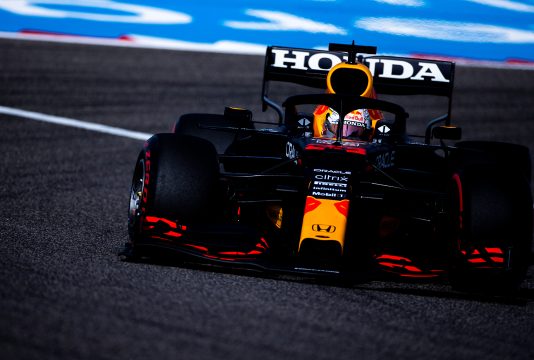
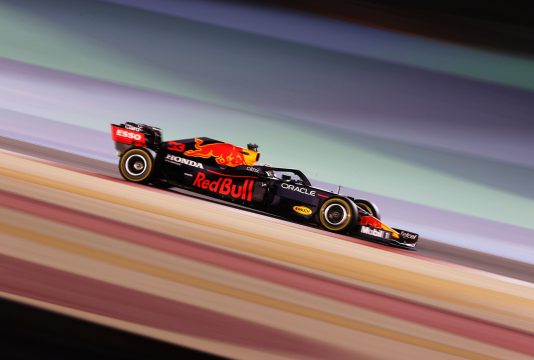
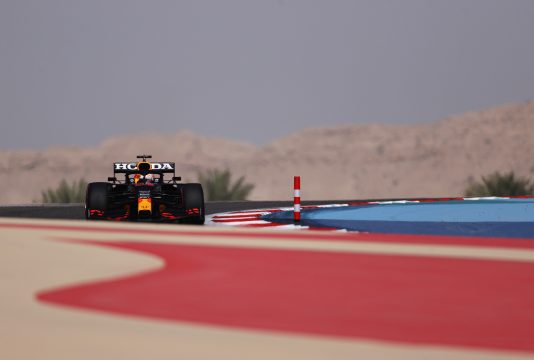
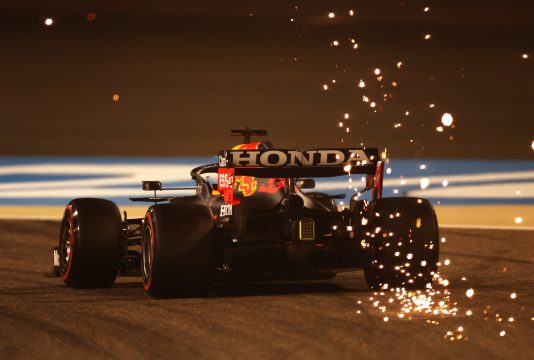
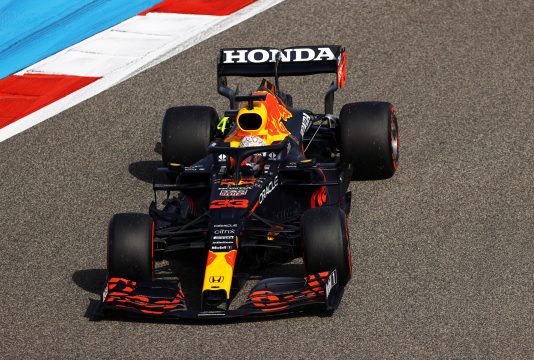
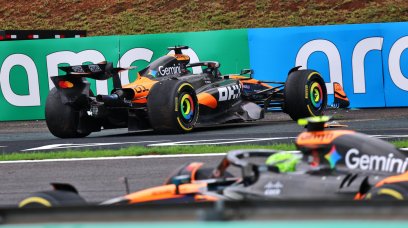

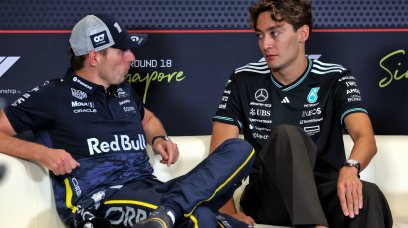
Join the conversation!